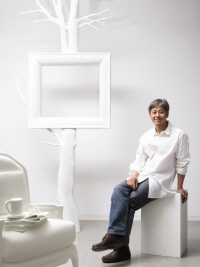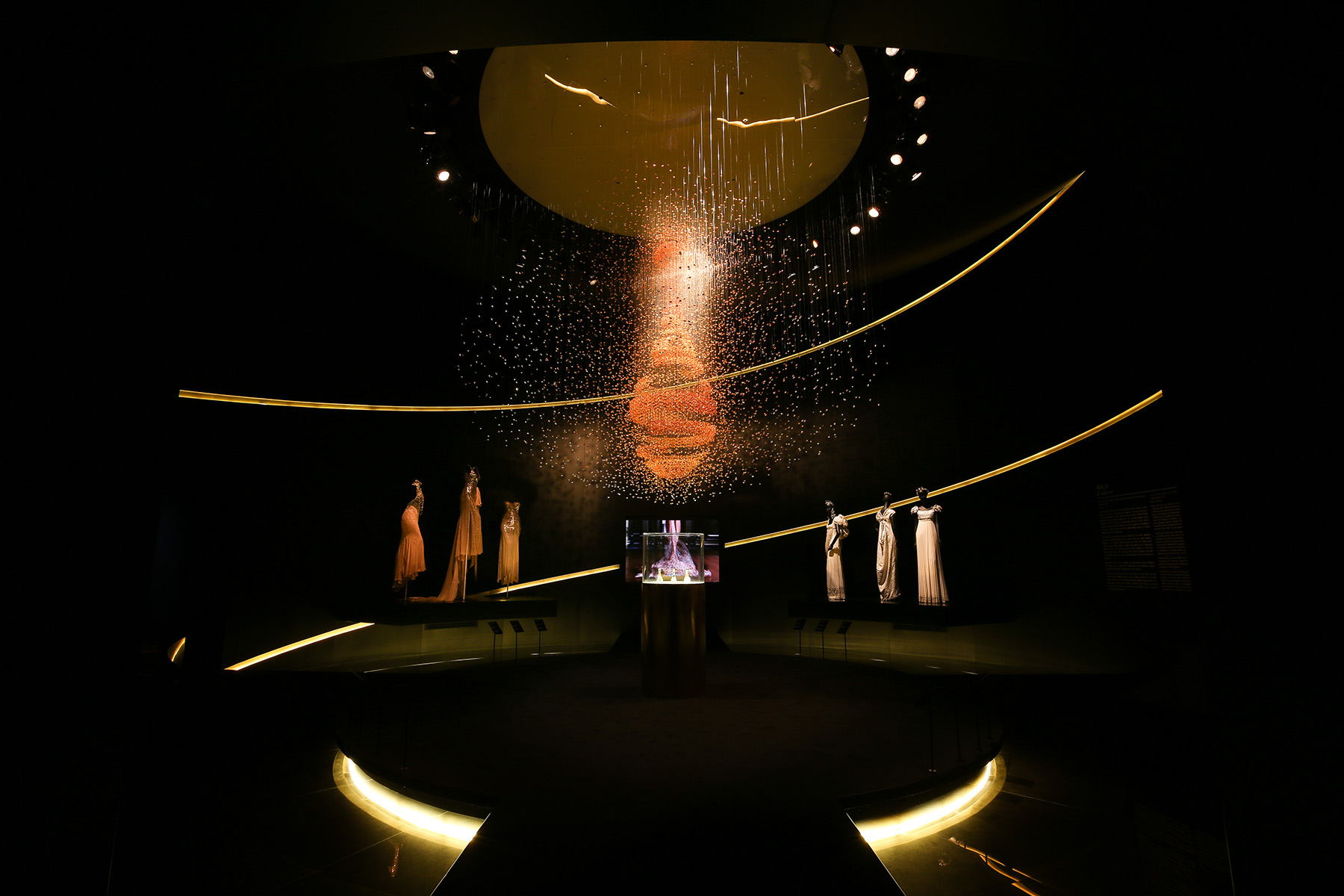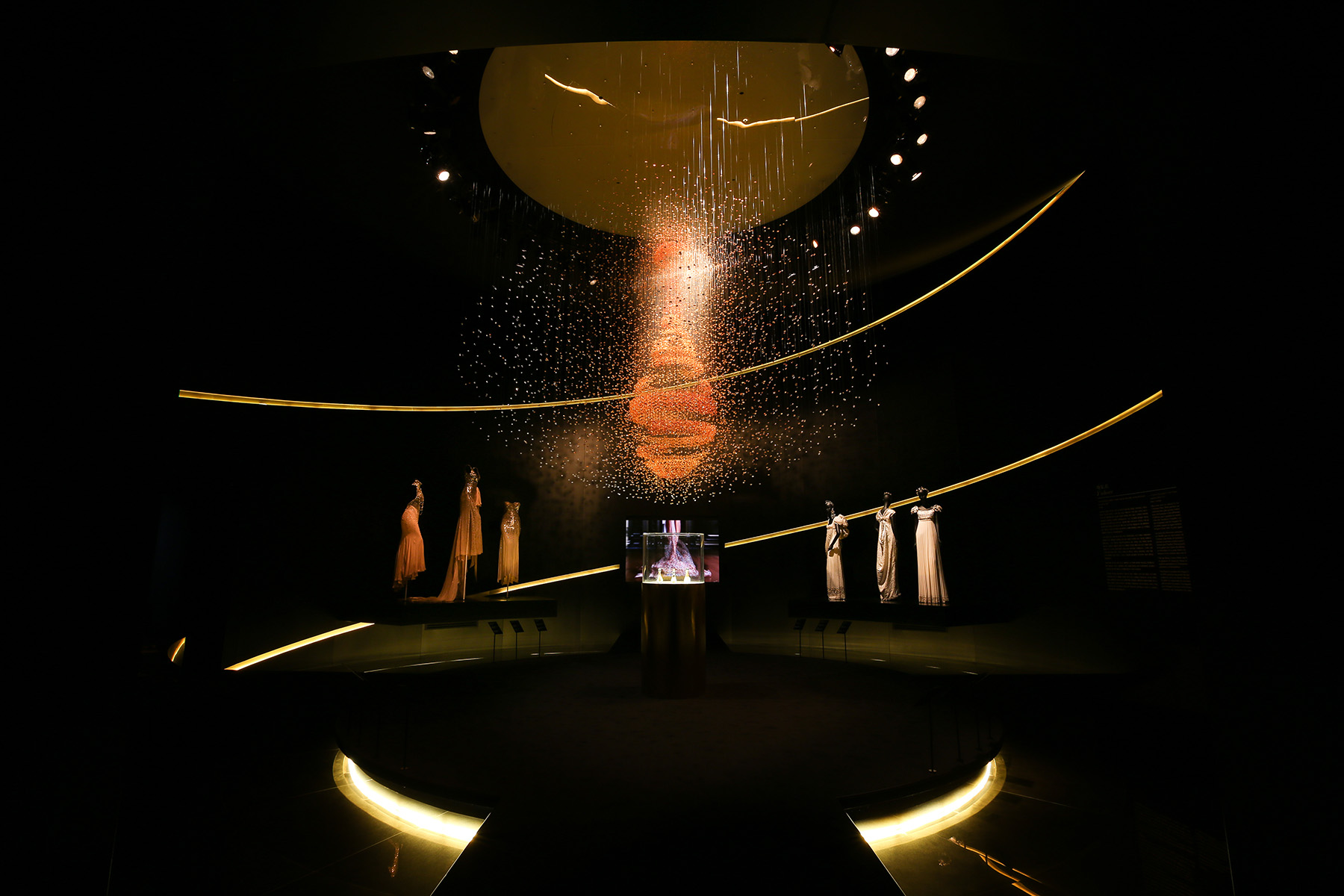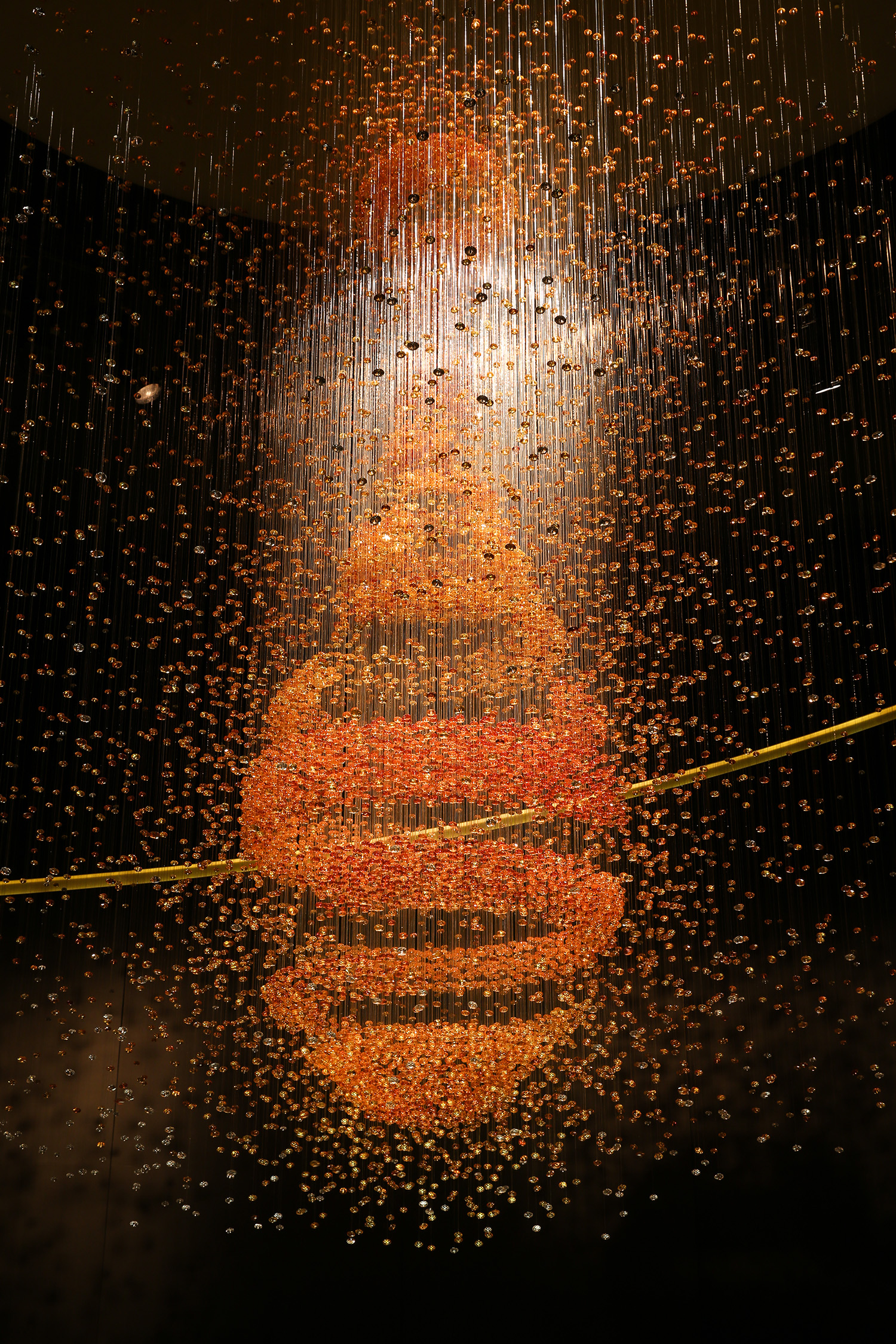Seon-ghi BAHK : Disarray of Charcoal and Slices
Jong-geun KIM (Art critic, Adjunct Professor of Hongik University, Director of K-artist Project)
A Passage to Architectural Structure and Conceptual Existence
Endowing a specific meaning to the space with charcoal suspended by nylon threads, Seon-ghi Bahk simply stuns us. His works exists beyond the boundary between past and present, transience and permanence, reality and illusion, being and non-being, East and West.
The material, charcoal, springs from Korean traditional use of charcoal as a symbolic as well as an everyday tool of purification. In making soy sauce, one of most common preserved sauces, pieces of charcoal and red chilies bounded by straw ropes are placed inside the earthenware to prevent the sauce from spoiling and to enhance its taste. Also, until quite recently, a straw rope intertwined with charcoal was hung across the gate of a house to announce a newborn. Charcoal was symbolically used to frighten away evil spirits and to allow the purified to enter. This use of charcoal has slowly faded away today but is receiving renewed interest. Charcoal! , in our bio-environmentally sensitive age, is being used to purify water and air, eliminate odors, and absorb harmful electromagnetic waves.
His choice of charcoal as both materials and medium for his work is not the symbolic refection of this usefulness of coal piece. Moreover, as he has been featuring on restructuring architectural structures, alluding a lump of carbon to a purification symbol would be absurd. Nevertheless, his work alludes to a purifier - the coal pieces intertwined in straw ropes - whether he is aware of this or not. In that respect, charcoal ceases to be a mere piece for drawing the space black or white, and it becomes a symbol of his attending to mental sanitation - purging the inner space of his work.
However, as his pursuit comes largely from architecture, we need to look at his work from a different view. He has been working in Milan, the most modern city in Italy. Even to the eyes of a stranger, Milan is a city that combines tradition, post-Gothic architecture, with modernity. Also Milan is a city of creation in that it leads the modern fashion and design world. This panoramic experience is silhouetted in his work. As such, his work becomes an odd but very unique mixture of the old and new Milan, mingled with his trust for charcoal as cleanser, though perhaps at an unconsciousness level. In short, identity is not pr! oduced through experiencing the outer world; rather it is a created through the realization of his own shadow.
Seeking the answer as to his choice of charcoal, a very fragile material, I was at moments reminded of a modern art movement in Italy, 'Arte Povera'. This might be an art critic's inescapable fallacy of comparison, but his suspended charcoal appears to be affined with Jannis Kounellis' making flowers from coal. Seon-ghi Bahk, however, made this suspicion null. He has told me that he dose not see himself in a particular artistic tradition: " I knew the artists affiliated with Arte Povera well, and some of them have already attained eminence from the art world, and I am too young just blindly to follow them. I choose my materials because they have a ce! rtain degree of reality". My intention is not to line him up with the artists of the Arte Povera movement, but to show that he has an attitude not unlike Joshep Buoys and Jannis Kounellis who opposed the fine-arts canon by using tasteless or cheap materials such as coal and fat. The works of Buoys and Kounellis, though made of conceptual strength, will eventually be deco! nstructed - the fat could melt in higher temperatures and the coal wil l eventually turn into ash. In contrast, Seon-Ghi Bahk starts from the opposite - fragile material becomes strong one. It is this difference in position and directions that shows his originality.
The nylon threads are as important as charcoal in Mr. Bahk's work. One ply of nylon barley exists but many strands, even when overlapped, go beyond their roles of fixing and supporting charcoals. Harmonized with the black charcoals, nylon threads activate the space. The very existence of layers suggests to us to feel that the charcoals are fixed in firm construction rather than they are floating in the air. Made from these materials, the pillars and quadrilaterals are highly transparent but we should not miss to see the mass and volume of them. The work has the harmony and order of Greek architecture but lead us to see the rich! shading of Korean ink paintings of water and mountain. Depth of gradation is achieved through overlapping and displaying charcoals with nylon threads. One ply of nylon threads is hardly visible but many turn the space into a flux. The construction itself seems to stand in solidity yet it is in a fragile state that demands us to imagine that the pillars as not finished forms but as being 'under construction'. This concept of the unfinished is intentional. As he explains, his work intends to express "the essence of materials ".
This is another way of saying that transience and permanence are inseparable. However, the focus on transience is what allows permanent solidity to emerge. This comes close to the meaning of a blank space in Korean ink paintings of water and mountains.
Another theme is existence and its surroundings. Charcoal exists not only as a burnt relic, but as a by-product of plants. Similarly, the geometric shapes: quadrangles, circles, and pillars, installed in the space are as much real as they are illusive. The installation space, occupied by a colonnade of pillars that stop functioning as pillars is, where dark lumps emerge into reality, at the same time the space gets a site-specific meaning from these illusive pillars. Strolling and observing inside the space, the viewer can discover, beyond the firm non-being, the fragility of being that can easily vanish.! It is in this interplay between being and non-being that a satisfying tension is established and developed, leading us to think about the essence of existence beyond or under fragile forms. Seon-ghi Bahk's simple and structural work at this site-specific installation goes beyond a physical existence, the impermanence of human material culture, and shows us a passage to conceptual existence.
Tae-Man CHOI (Art Critic)






















.jpg)
.jpg)

.jpg)


